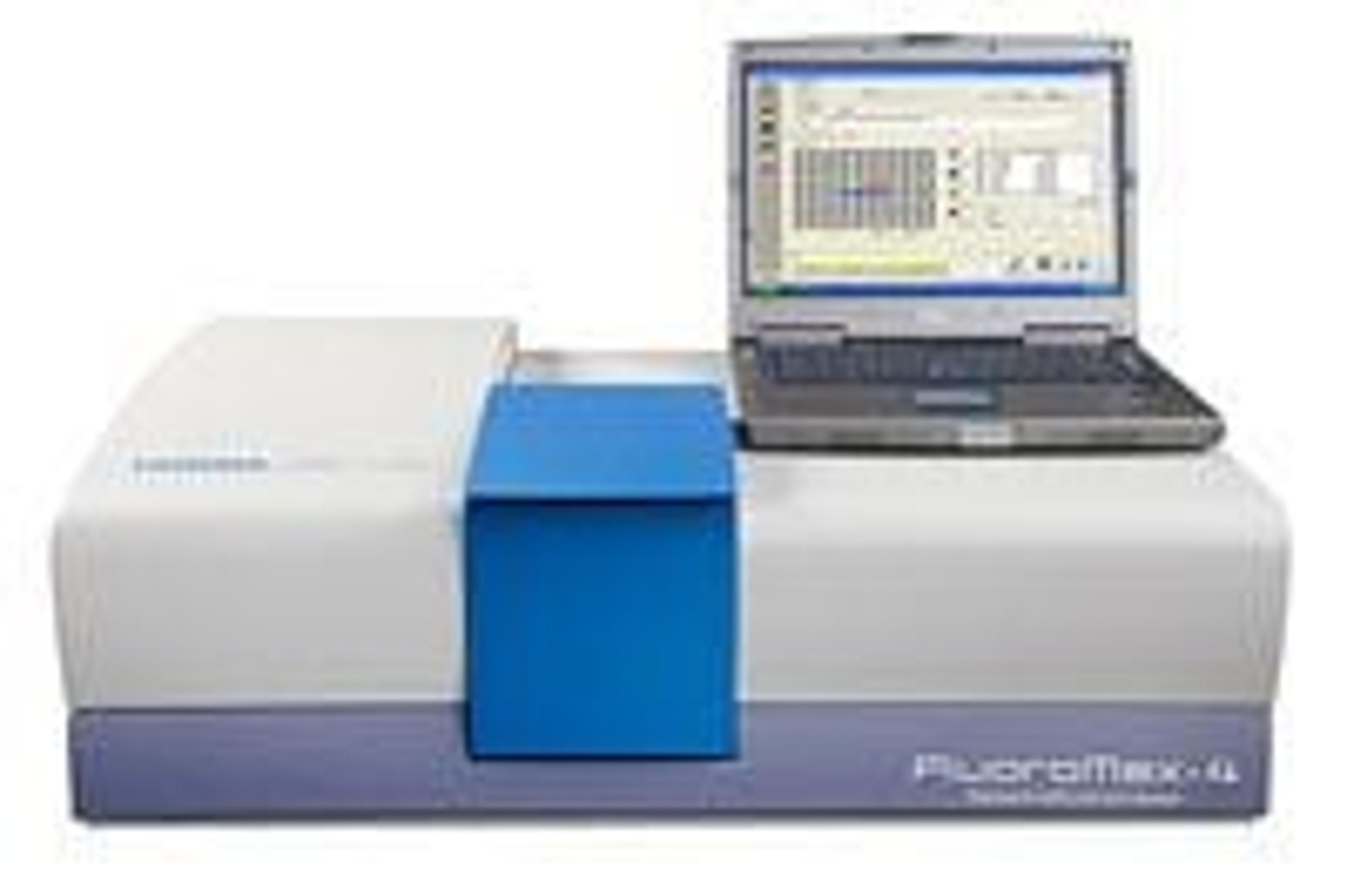EEM and A-TEEM spectroscopy in pharma, food science and environmental applications
Watch this on-demand webinar to find out about molecular fingerprinting, the A-TEEM fingerprint technique and fluorescence EEM applications
14 Jul 2021
It is generally acknowledged that 3D fluorescence fingerprinting is suitable for recognition, classification, and detection processes. This on-demand webinar is ideal for fluorescence excitation-emission matrix (EEM) users who are interested in 3D fluorescence combined with simultaneous absorbance-transmittance spectroscopy.
Dr. Alessia Quatela, product specialist at HORIBA, explores A-TEEM spectroscopy’s ability to acquire absorbance, transmittance, and excitation-emission matrices simultaneously, alongside being able to correct inner filter effects for a more quantitative method. Practical application examples in different domains are discussed, including surface water, quantitative analysis of wine phenolics, saffron, and olive oil adulteration, cell culture media storage effects, insulin solubility and vaccine characterization.
Think you’d benefit but missed the live event? Register now to watch the webinar at a time that suits you and read on to find highlights from the live Q&A session.
Watch on demandQ: How can the inner-filter effect (IFE) lead to a wavelength shift?
AQ: A high concentration reabsorption may occur. Some amount of fluorescent light emerging from the shorter-wavelength component is reabsorbed by the longer-wavelength component, which in turn emits with higher amplitude. As a consequence, the maximum peak may be accidental.
Q: Is there IFE correction for solids?
AQ: Inner-filter effect correction is really meant for solution, and specifically, a solution that has the absorbance and fluorescence emission path length, for example, one centimeter in the classical cuvette. For films, the inner-filter effect correction may not be required, the path length is typically short. For primary and secondary IFE, that could be an issue, but most likely, not required. The light isn't reabsorbing over the short path length and most fluorescence measurements are read from the surface, not the center of the path length.
Q: Are there any applications in the cosmetic field?
AQ: Yes, there are a lot of cosmetic applications. We know that biological tissues contain chromophores that absorb light, but they also contain chromophores that are fluorescent, that emit light. The endogenous fluorescence of skin is usually present at the specific chromophore of light. For example, aromatic amino acids, or tryptophan, tyrosine, then you can find collagen, elastin, and so on. Fluorescent spectroscopy can be a really good tool to characterize and quantify skin aging and photoaging. You can find more on this subject on our A-TEEM webpage, some applications known to the subject. In these articles, we show the application of fluorescence EEM analysis for the purpose of rapid identification of skin endogenous matter.
Q: Is it possible to make a correction in a FluoroMax?
AQ: Yes, you can. First of all, you need to upgrade the FluoroMax with the transmission-absorbance accessory. You will be able to measure the absorbance and treat the absorbance by using the A-TEEM multi-group tool, and then you can apply the correction to the 3D EM only, not to the 2D spectra, but you can with the Fluoromax of course.
To find out more about molecular fingerprinting, the A-TEEM fingerprint technique and fluorescence EEM applications watch this on-demand webinar>>

